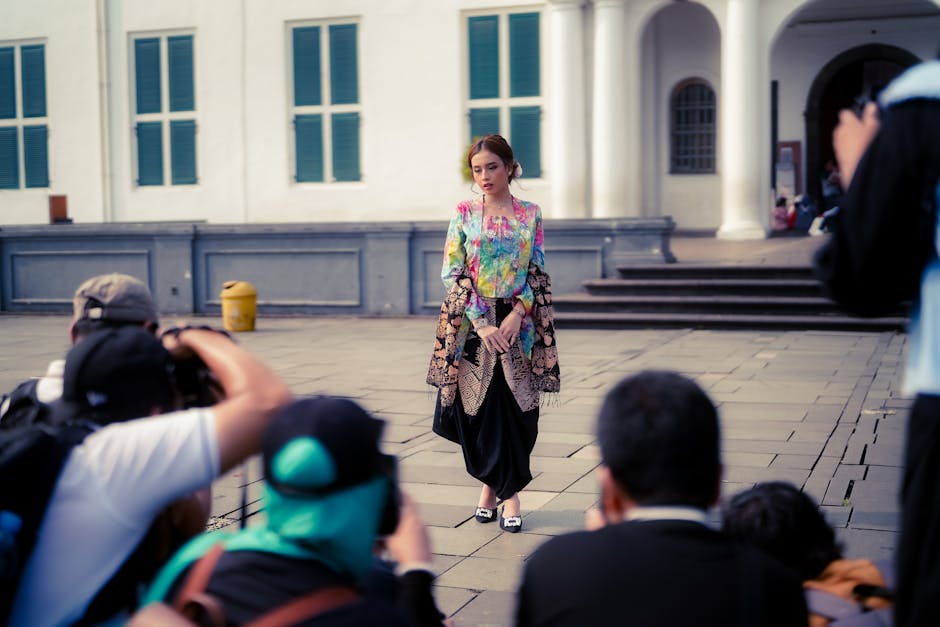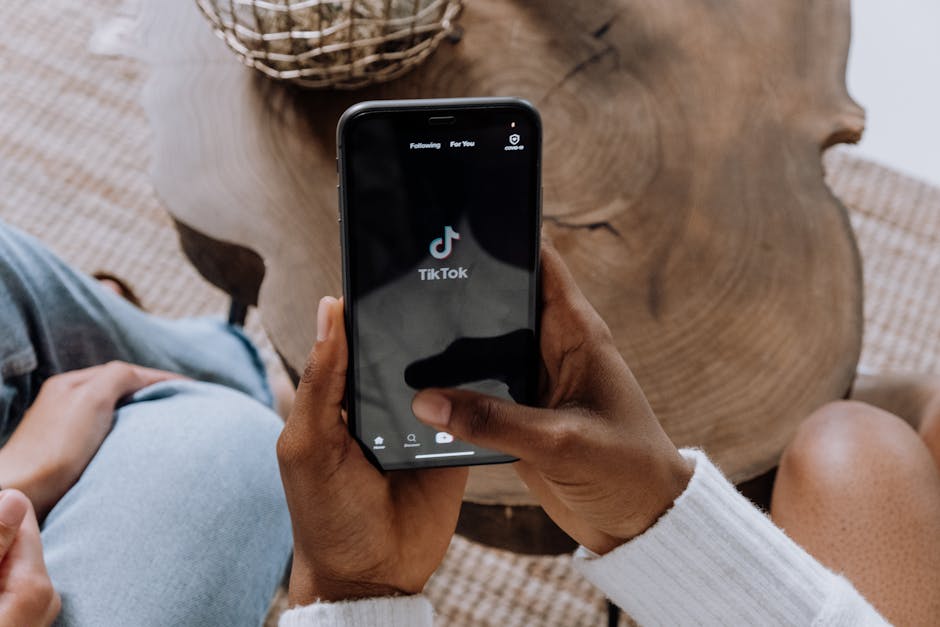Did you know that social media photography influences almost 75% of consumers’ purchasing decisions? That’s a huge impact! Are your photos attracting attention and converting followers into customers, or are they getting lost in the endless scroll? In this guide, we’ll cover everything you need to know to take amazing photos for your social media in 2025. Get ready to step up your photo game!
## Getting Started with Social Media Photography
Social media photography is more than just snapping a picture. It’s about telling a story, building your brand, and connecting with your audience. Before you even pick up your camera or smartphone, you need a plan.
First, define your brand. What kind of message are you trying to send? What are your brand values? What makes you unique?
Second, understand your audience. Who are they? What kind of content do they like? What platforms do they use most often?
Third, develop a consistent style. This includes everything from color palettes and filters to the types of subjects you photograph. A cohesive visual identity is key to building brand recognition.
## Key Strategies for Stunning Social Media Photos
Now that you have a plan, let’s talk about specific strategies to make your photos pop:
Master the Basics of Composition: Learn the rules of thirds, leading lines, symmetry, and perspective to create visually appealing images.
Pay Attention to Lighting: Natural light is your best friend! Shoot during the golden hour (sunrise and sunset) for warm, flattering light. Avoid harsh midday light, which can create unflattering shadows.
Tell a Story: Every photo should have a purpose. Think about the story you want to tell and how you can visually convey that message.
Edit Strategically: Don’t over-edit! Subtlety is key. Use editing apps to enhance colors, adjust brightness and contrast, and sharpen details.
Use High-Quality Images: Blurry or pixelated photos are a big no-no. Make sure your images are sharp and clear, with a resolution appropriate for the platform you’re using.
Show Authenticity: People are tired of overly staged and filtered photos. Show the real you, your real life, and your real products.
Focus on Detail: Sometimes, the small things make the biggest impact. Capture the textures, the light, and the unique elements of your subject to add depth and interest to your photos.
## Avoiding Common Photography Mistakes
Even the most talented photographers make mistakes. Here are some common pitfalls to avoid:
Ignoring Lighting: This is the biggest mistake of all! If your lighting is bad, your photo will be bad, no matter how great the subject is.
Over-Editing: Too much editing can make your photos look unnatural and fake. Less is often more.
Not Cropping Properly: Cropping can make a huge difference in the overall composition of your photo. Experiment with different crops to find the most visually appealing arrangement.
Using Too Many Filters: While filters can be fun, using too many can make your photos look generic and dated.
Neglecting Composition: A poorly composed photo will never be as impactful as a well-composed one. Learn the basics of composition and practice applying them to your photos.
Posting Inconsistent Content: Inconsistency can confuse your audience and damage your brand identity. Stick to a consistent style and theme in your social media photography.
## Essential Tools for Social Media Photographers
You don’t need fancy equipment to take great social media photography. But here are a few tools that can help:
Smartphone: Most modern smartphones have excellent cameras that are more than capable of taking high-quality photos for social media.
Editing Apps: Snapseed, VSCO, and Adobe Lightroom Mobile are all excellent editing apps with a wide range of features.
Tripod: A tripod can help you take sharper photos, especially in low-light conditions.
Ring Light: A ring light can provide even, flattering light for portraits and product shots.
Photo Backgrounds: A variety of backgrounds can add visual interest to your photos. Consider using paper, fabric, or even natural elements.
## How to add Text to Image
Adding text to your social media photography can grab attention and convey important information. Here’s a simple guide:
1. Choose your photo: Select the image you want to use.
2. Select an editing app: Use apps like Canva, Adobe Spark Post, or Over.
3. Upload your photo: Import your chosen image into the app.
4. Add text: Use the text tool to type your message.
5. Customize the text: Adjust font, size, color, and placement.
6. Save and share: Save the edited image and share it on your social media platforms.
## What steps do we take to build like a Guide in photography
Building a compelling social media photography guide involves careful planning and execution. Here’s a step-by-step approach:
1. Research your audience: Understand their needs, interests, and skill levels.
2. Plan your content: Outline the topics, tips, and techniques you want to cover.
3. Gather high-quality images: Use clear, well-composed photos to illustrate your points.
4. Write clear and concise instructions: Use simple language and avoid jargon.
5. Organize your guide: Structure the content logically with headings, subheadings, and bullet points.
6. Edit and proofread: Ensure your guide is free of errors.
7. Promote your guide: Share it on social media, your website, and through email.
## Expert Insights and Future Trends
“The future of social media photography is all about authenticity and visual storytelling,” says renowned photographer Annie Leibovitz. She encourages photographers to focus on capturing genuine moments and creating images that resonate with their audience.
Here’s a look at some trends that will shape social media photography in 2025:
More Video Content: Short-form video, like TikTok and Instagram Reels, will continue to dominate.
AI-Powered Editing Tools: Artificial intelligence will play a bigger role in editing and enhancing photos.
Augmented Reality (AR) Filters: AR filters will become more sophisticated and interactive.
Emphasis on Sustainability: Brands will increasingly focus on showcasing sustainable practices and products in their social media photography.
## Social Media Photography and Legal landscape
It’s crucial to respect copyright laws when it comes to social media photography. This means not using images without permission from the owner. Creative Commons licenses offer some images for free use, but it’s essential to check the specific terms of each license to understand how the image can be used, such as requiring attribution. Learn more about copyright laws.
## Social Media Photography Ethical Practices
Ethical considerations are vital in creating responsible social media photography. Be truthful in your representation, avoiding misrepresentation or deception. Obtain informed consent from individuals before photographing them, especially in sensitive situations. Respect cultural and religious sensitivities by being mindful of the practices and beliefs of the people and places you’re photographing.
## Key Takeaways
Plan your content: Define your brand, understand your audience, and develop a consistent style.
Master the basics: Learn about composition, lighting, and editing.
Avoid common mistakes: Don’t ignore lighting, over-edit, or neglect composition.
Use essential tools: Smartphones, editing apps, tripods, and ring lights can all be helpful.
Stay up-to-date: Keep up with the latest trends and best practices in social media photography.
## FAQ About Social Media Photography
Q: What is the best camera for social media photography?
A: You don’t need a fancy camera. Most modern smartphones have excellent cameras that are perfect for social media photography.
Q: How do I improve my social media photography skills?
A: Practice regularly, experiment with different techniques, and learn from other photographers.
Q: What are some good editing apps for social media photos?
A: Snapseed, VSCO, and Adobe Lightroom Mobile are all excellent choices.
Q: How often should I post new photos on social media?
A: The frequency depends on the platform and your audience. Experiment to find what works best for you.
Q: How important is it to use hashtags on social media photos?
A: Hashtags are essential for increasing the visibility of your photos. Use relevant hashtags to reach a wider audience. According to HubSpot, using hashtags effectively can significantly boost your engagement.
## Conclusion
Elevating your social media photography doesn’t happen overnight, but with consistent effort and a focus on quality, authenticity, and storytelling, you can create images that capture attention, build your brand, and connect with your audience. The right strategies, tools, and a commitment to continuous learning can significantly boost your results.
Ready to transform your social media feed? Start implementing these tips today and watch your engagement soar! Share your favorite social media photography tip in the comments below and let’s learn from each other!



